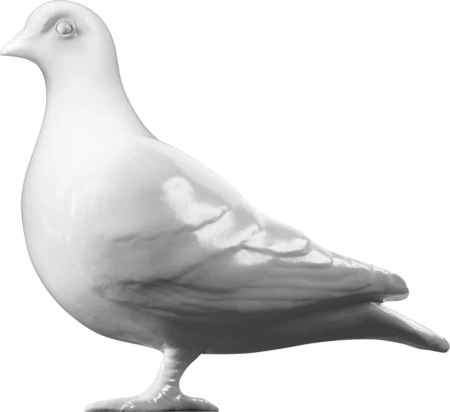Fashion — 1700-1799
Apron
Nowadays we wear aprons to protect our clothes from dirt. This apron of very fine, almost see-through muslin, would not have offered any such protection. From around the 1730s to the 1750s, elegant ladies wore aprons as a fashionable accessory, that served no functional purpose but were often very costly.
These fashion aprons were made of fine muslins, lawn (fine linen) or cambric, a very fine and very white type of linen made of flax, originally made in the French city of Cambray. Aprons were often embroidered with so-called Dresden work, a form of pulled thread embroidery that originated in the German city of that name.
In 1748 an act was passed prohibiting the wearing and importation of cambrics and French lawns, to encourage British and Irish manufacture. Not everyone agreed that this had the desired effect. In 1754 The Magazines of Magazines published a fictional debate about the acts where it was sargued: 'Some gentlemen and ladies have, 'tis true, left off wearing plain cambrick or French lawn; but what do they wear instead thereof? Muslins finely embroidered, or what we call Dresden work. The French indeed at first took some of the muslins for this purpose from us; but all the imbroidery [sic] was done in France; and after being by this means surprisingly enhanced in its price, was again returned to us either by smuggling or false entries. [...] a lady of quality pays for an apron of this sort, perhaps as much as would purchase a horse-load of cambricks of French lawns.'
- Category:
- Fashion
- Object ID:
- NN8172
- Object name:
- apron
- Object type:
- Artist/Maker:
- —
- Related people:
- Related events:
- Related places:
- Production date:
- 1700-1799
- Material:
cotton
- Measurements/duration:
- L 990 mm (overall), W 560 mm (waist) (overall)
- Part of:
- —
- On display:
- —
- Record quality:
- 100%
- Part of this object:
- —
- Owner Status & Credit:
Permanent collection
- Copyright holder:
digital image © London Museum
- Image credit:
- —
- Creative commons usage:
- —
- License this image:
To license this image for commercial use, please contact the London Museum Picture Library.

